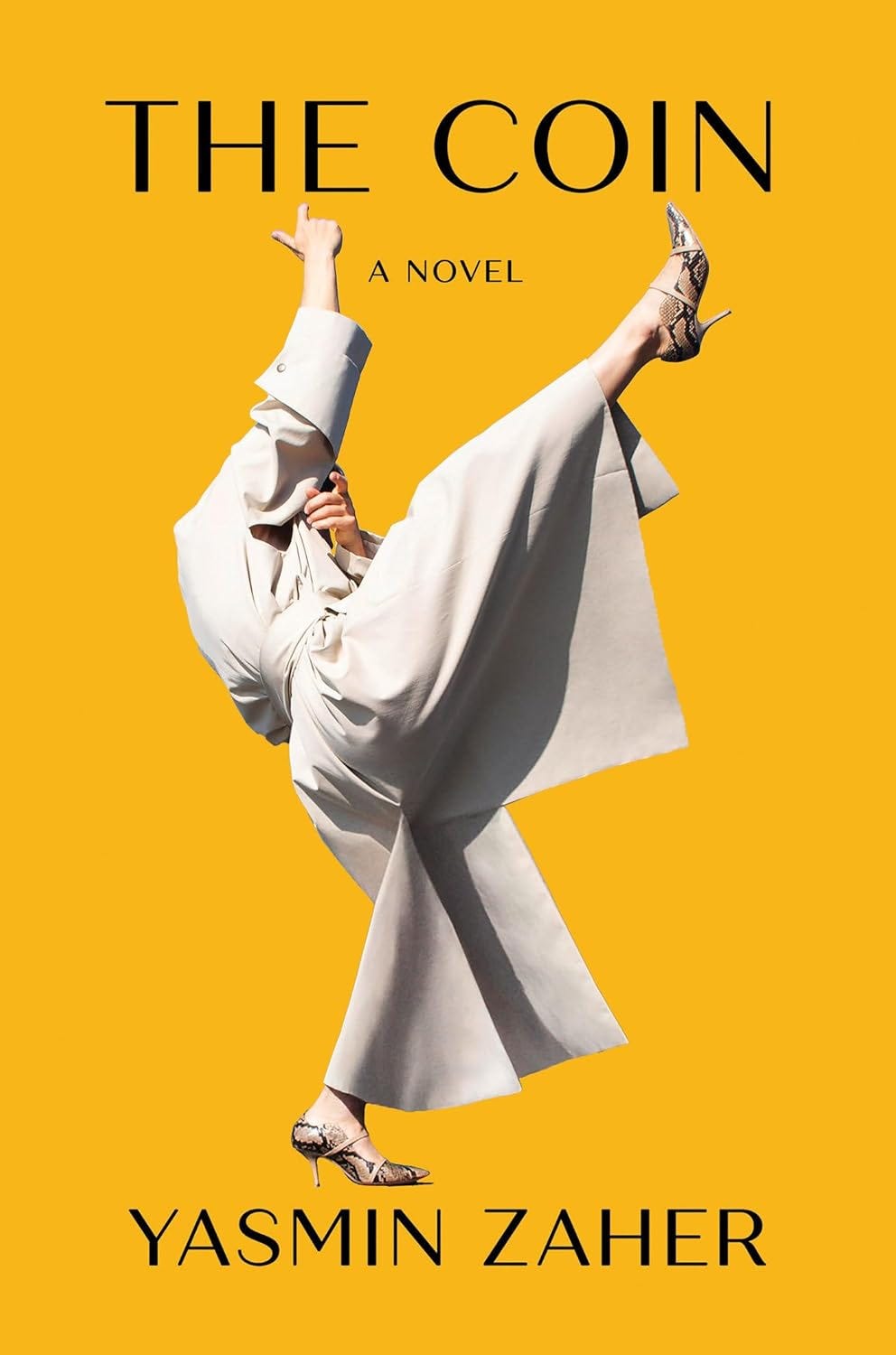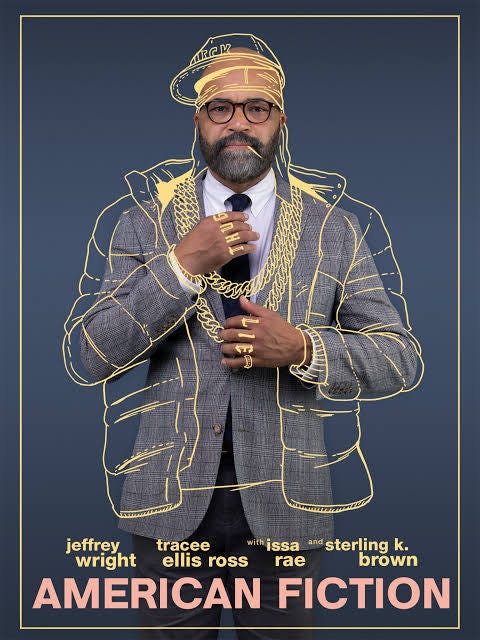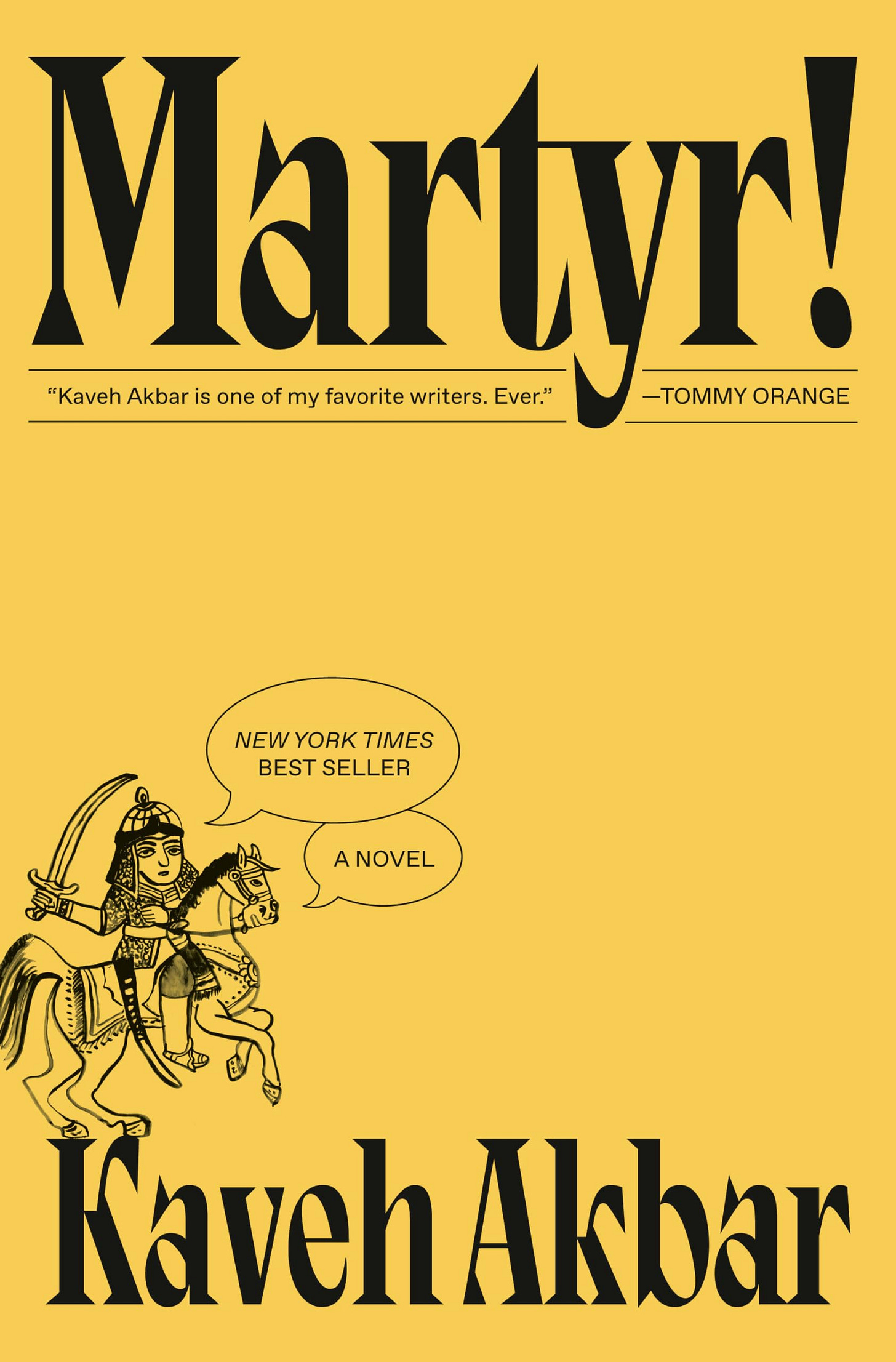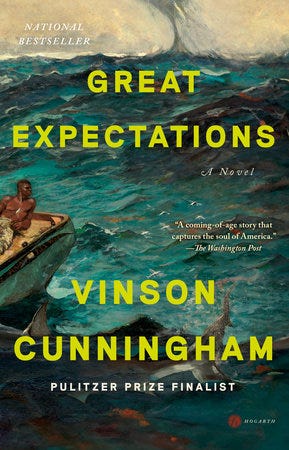The Weirdness
Notes on a year of disbelief.
In geologic time, which is not normally how one starts a year-in-review, the main event of the year for my family was the July 12th flood in Plainfield, Vermont, where we’ve owned a house since 2020. It was the worst flood in the Great Brook watershed in at least 100 years, and since there aren’t great records of floods before the mid-19th century, maybe longer than that. It destroyed about 10 houses and tore a small apartment building, nicknamed the Heartbreak Hotel, in half. Many other houses in the center of Plainfield were flooded and some are uninhabitable.
Our house sits on the Great Brook but, as of July 11th, was situated about 20 feet above it and 50 feet back. The flood tore away ten feet of riverbank and probably twenty mature trees. As the water was rising in the dark, at about 9 pm, we drove up the hill to our neighbor’s farm and spent the night there; when we came back, the sweet, sparkling creek we had known for four years was replaced by a forty-foot-wide gravel-and-sand flood plain, like a desert arroyo. It was a violent re-alignment of the landscape very much like what happened to western North Carolina during Hurricane Helene.
Now we’ve applied for a FEMA buyout, along with nearly all of our neighbors along the Great Brook (and homeowners across Vermont) both those who lost their houses and those, like us, who fear being flooded the next time. Unlike most people whose homes are threatened by climate change, we have resources, time, and options. We will figure it out. For the time being, we represent the best case scenario in a world of worst case scenarios.
I started off the year with a piece about my inability to say anything useful about the genocide in Gaza, having spent a decade writing a novel about Palestine—but predicting that we would soon, in Mahmoud Darwish’s words, find ourselves “all together in the last passage.” Another way to describe it, to borrow a phrase from Michelle Goldberg: “The Great Capitulation.” In 2024 American universities, corporations, political parties, and other institutions, large and small, embraced authoritarianism on a massive scale, not even waiting for Trump to sweep the swing states in November. At NYU we’ve seen this close up. (I know I’ll be writing about that more in 2025.) So many things have become unrecognizable so quickly, down to my own backyard. All year I feel like I’ve been struggling with the question of how to describe this moment of extreme flux. And, correspondingly, a lot of the works of art I encountered this year seemed weirdly displaced: either they were commenting acutely on our present from a great distance away, or they were representing the present in a way I thought was deformed or unrecognizable. In some cases both.
For lack of a better term, I’m calling this problem of misrecognition, of not-fully-seeing-what’s-right-in-front-of-me, as “the weirdness.”
All forms of art, and especially novels, have a strange relationship with the present. It takes years of writing, and then usually at least a year of production, before a novel hits the shelves, and it’s common for a publication date to be moved around by extraneous factors the writer can’t control. You might feel like you’re addressing the novel to the present, as I wrote in a piece on The New Earth back in September, but in that strange interim between writing, publication, and when people actually read it, the present may have moved on. My hands-down-favorite book of 2024, Yasmin Zaher’s The Coin, is a contemporary Palestinian novel written before October 7th, 2023; this doesn’t make it “dated” in any sense, but it does mark a moment in time. It couldn’t take place today, but it could have taken place yesterday.
The Coin takes place in a kind of twilit millennial-melancholy New York, not unlike Ottessa Moshfegh’s My Year of Rest and Relaxation, Raven Leilani’s Luster, Ling Ma’s Severance. The narrator is a young Palestinian woman from a wealthy Jerusalem family, a trust fund baby whose brother sends her checks every month, far more than she needs to live on. We don’t quite know what she’s doing in New York, or where she lived before. Needing something to do, she takes a job teaching literature at a prestigious public middle school that attracts low-income students from across the city. She enters into an even stranger and more fraught alliance with a fashion-obsessed gay man, who fraudulently buys and resells Hermès bags for a living. She cleans her apartment, and herself, obsessively. Her thoughts, her rationalizations, her self-analysis, seem superficially reasonable and then utterly batshit.
Like Adania Shibli’s Minor Detail, only more eccentrically, The Coin is about Palestinian identity as a private nightmare, an existential conundrum no individual can answer. What I loved about it, apart from the sheer beauty of each carefully controlled sentence, was its uncooperative, nasty, arrogant streak. This is a book that can’t be easily assimilated, even by the most “sympathetic” reader. I still don’t fully understand the ending, and I’m haunted by it.
Elias Khoury, the great Lebanese writer who dedicated his life and art to the Palestinian struggle (and wrote what many consider the greatest novel about Palestine, Gate of the Sun) died in early September, shortly before Israel’s invasion of Lebanon. In October I reviewed his most recent novel to appear in English: the second volume of his trilogy Children of the Ghetto, subtitled Star of the Sea.
As I wrote in my review, “Children of the Ghetto is a picaresque, though one without comic intentions: Like Tom Jones or David Copperfield, Adam is an orphan and a rogue, a survivor and a trickster, even a bit of a romantic. It’s also about racial shape-shifting, appropriation and invisibility; you could put it on the same shelf with Passing or Invisible Man.” What amazed me about it is Khoury’s willingness to embrace one of the oldest, most timeworn forms of the novel and yet make it utterly contemporary. Khoury taught at NYU, and he uses the area around the campus as the setting for the New York sections of Children of the Ghetto—he even named one of the principal characters Mamoun, after Mamoun’s Falafel on Macdougal Street. It’s a Palestinian novel I can walk through every day.
Another Palestinian book published in 2024 that sits astride the pre-post-10/7 world is Isabella Hammad’s Recognizing the Stranger, originally delivered as the Edward Said Memorial Lecture at Columbia in September 2023, published with an afterword written in January 2024. It’s a very short book and not weird in the slightest, until you realize that Hammad probably wouldn’t have been allowed to deliver it at Columbia today.
In her afterword, referring to the genocide in Gaza, Hammad asks what now seems to be a purely rhetorical question: “Is this the beginning of a capitulation to disintegrating consensus, and to the flimsiness of basic democratic principles and international law?” She goes on to sum up 2024 in a sentence: “Somewhere recently humanity seems to have crossed an invisible line, and on this side naked power combined with the will to profit threaten to overwhelm the collective interests of our species.”
What other weirdness happened in the literary world this year? There was American Fiction, the movie version of Percival Everett’s 2001 novel Erasure (technically released in December 2023, but seen by almost everyone early in 2024). Everett wrote Erasure in the late nineties as a satire on the success of Sapphire’s novel Push; the premise is that mainstream American culture ignores cerebral, experimental, sophisticated Black art but has an endless appetite for stories of Black trauma and victimization. I assumed Cord Jefferson, the director, would update the script to make sense in a post-Obama, post-George Floyd world, where innovative Black writers like Everett have become more visible and successful. But for the most part American Fiction’s plot mirrors Erasure pretty faithfully, as if the last 25 years of American cultural life never happened. It’s full of beautiful and funny scenes whenever Sterling K. Brown is around, but weirdly, even wishfully, detached from the present. I wasn’t outraged by it, as Jason England was in his seething review in Defector (“American Fiction lobs stones made of Styrofoam…while the movie is content to set up and then knock down its array of pantomime villains, the equivalent figures and forces of our present time go conspicuously ignored”) but I was puzzled. It could have been a wickedly sharp cultural sendup; instead, it’s a weirdly evasive one.
Another, much more serious and tragic rupture between the past and the present: the news broke in July that Alice Munro, one of the most idolized (all but canonized) fiction writers in the English-language world, spent decades concealing the fact that her second husband sexually abused her daughter—his stepdaughter—for a period in the late 1970s. When I wrote about the case for the Washington Post, I wanted to focus on how much of Munro’s fiction itself is obsessed with secrecy, guilt, and parents who fail and abandon their children. If I had more time and patience, I’d like to write a longer piece about why I considered including Munro in White Flights, and ultimately decided against it. The short answer is this: Munro absolutely practiced the same kind of moral obliviousness and self-deception about whiteness (particularly the white settlement of Canada, and the erasure of Native Canadians) found in Marilynne Robinson, Anne Tyler, and others I wrote about in that book, but I always had this nagging feeling that Munro’s real motivation was obliviousness about something else. I suspect that other critics are writing reassessments of her fiction that try to get to the heart of the moral (and aesthetic) amnesia, the sheer pleasure of forgetting, now so painfully evident in everything she wrote.
The 2024 book I had the most mixed feelings about was Kaveh Akbar’s Martyr!, which has racked up awards and praise from all sides. Akbar’s prose is brilliant much of the time; his narrator, Cyrus Shams, is funny, inventive, and obnoxious; and Cyrus’s life story—he lost his mother on Iran Flight 655, which was shot down by a US warship in 1988—is compelling, to say the least. But about two-thirds of the way through I looked up from Martyr! and realized what the novel reminded me of so insistently: Everything is Illuminated. Which isn’t necessarily a bad thing if you’re one of the few remaining Jonathan Safran Foer fans, and like novels built around the conceit of “Troubled, self-pitying young genius discovers the truth about his family through a series of absurd coincidences and jaw-dropping revelations.” But I lived through the era when that kind of wackiness was all the rage, and I don’t want to go back. This particular weirdness was not for me.
The most altogether warped novel of 2024 (among those I read) was without a doubt Vinson Cunningham’s Great Expectations, about Cunningham’s experience as an very young aide to Barack Obama in the 2008 presidential campaign. Like Elias Khoury, only 100 times more perversely, Cunningham borrows both the title and the structure of a 19th century novel for this bildungsroman about a sensitive, precocious, highly literary young Black man who almost accidentally stumbles into a job in politics. It sounds like an extremely funny premise, or at least an occasion for biting satire, but Cunningham plays it earnest and straight, as if an ordinary part of working in politics is to fall into a reverie while looking at a Renoir in a wealthy donor’s apartment. It’s a novel filled with long, lyrical descriptions of beautiful scenes and landscapes, but also subtle and at times quite blunt assessments of the coalition of liberal donors, philanthropists and power players that paved the way for Obama’s win. It shouldn’t work, but in a way it does.
I’m going to end on a happy note by talking about jazz, which this year, even more than usual, I felt was saving my life. An entirely good example of the weirdness of 2024: McCoy Tyner and Joe Henderson’s “new” record, Forces of Nature, recorded at the New York club Slugs in 1966 with Henry Grimes on bass and Jack DeJohnette on drums. Jack DeJohnette, who is semi-retired, turned up the tapes in his personal archive a few years ago.
In 1965 and ‘66 Henderson and McCoy were jazz’s dynamic duo, playing together on some of the most important records of the era: McCoy’s The Real McCoy and Henderson’s In’N Out and Inner Urge. But they went separate ways in the later part of the decade, and never recorded a live album together. I had no idea they ever played with Jack DeJohnette, who in 1966 was just beginning his career, playing the drums faster and louder and in a more unhinged manner than anyone else. Make no mistake, the studio recordings of Henderson’s “In’N Out” and “Isotope” are energetic and bombastic; he made those albums with Elvin Jones, who is most famous as the drummer in John Coltrane’s legendary quartet, and Elvin was maybe the second-loudest drummer in jazz at the time. But the version of “In’N Out” on Forces of Nature is nearly 27 minutes long, played at a clip that seems to only get faster, and DeJohnette’s drums sound like a hurricane behind McCoy’s titanic left hand movements and Henderson’s fierce extrapolations. It sounds like DeJohnette is trying not so much to play the drums as break them. At about the halfway point, Tyner stops comping and just lets DeJohnette and Henderson go at it, with Henry Grimes gamely holding it together behind them.
I actually think the history of jazz might have been different if Forces of Nature had been released in the sixties. It’s one of those weird displacements of feeling that are common in the 2020s, an age of constant reissues and nostalgia tours, when we have access to a wealth of historical material that wasn’t available in its own time. We see the past much more sharply and acutely now. Which, of course, raises the question: what will the historians of the 2070s make of us?









